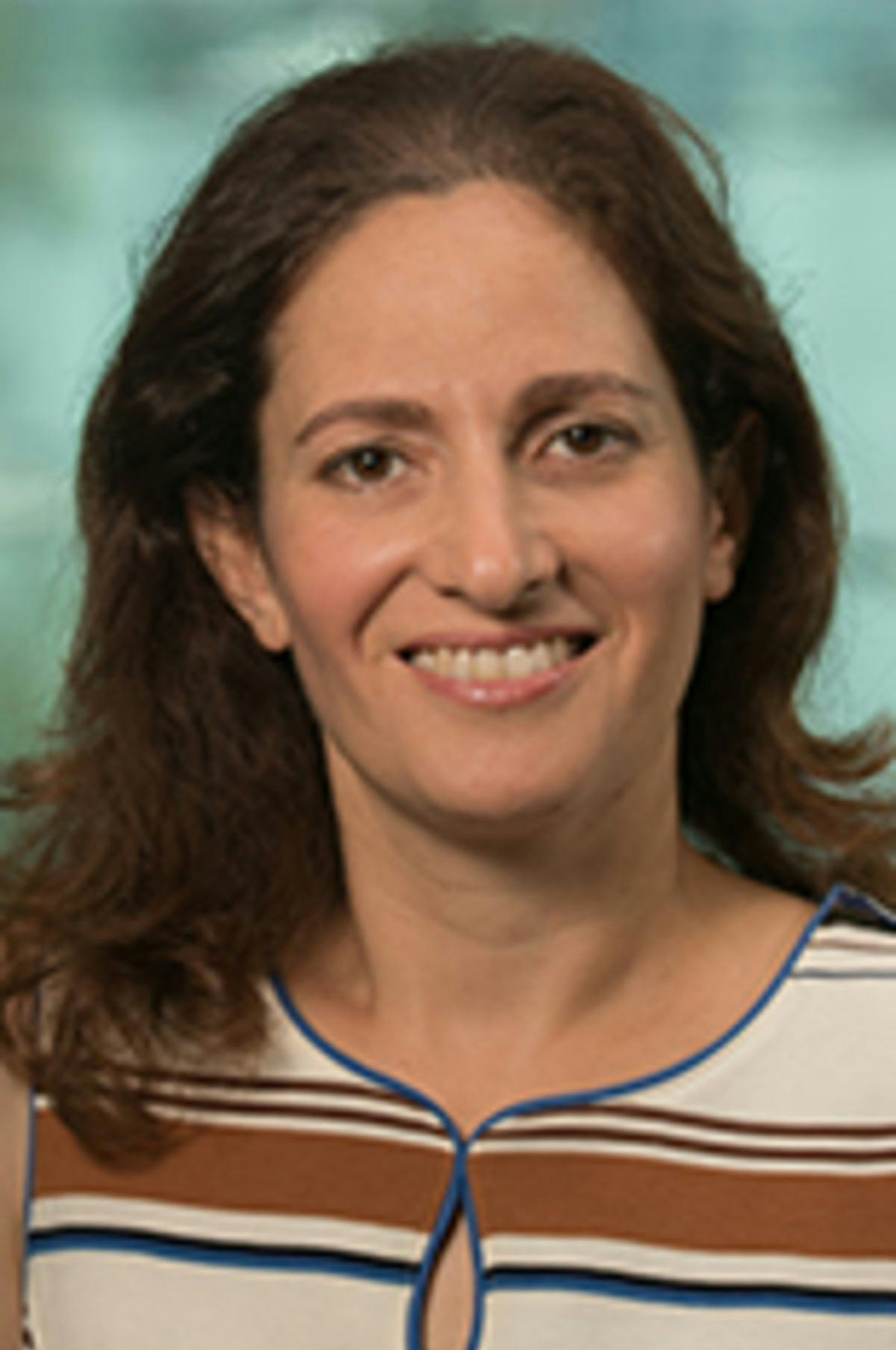Aging Boomer Population Demonstrates Economic Benefits of Paid Leave Policies
Stevens Researcher Demonstrates Impact of Such Policies Extends Far Beyond New Parents
Paid family leave policies — which allow employees paid time off when they are seriously ill; or in order to care for a newborn, or newly adopted, child; or for a sick family member — have generated intense controversy in business, where they have been derided as costly giveaways at a time when dollars are stretched thin.
But, as a researcher at Stevens Institute of Technology has found out, paid family leave policies offer tremendous benefits to the U.S. economy by keeping the labor force participation rate strong — especially ahead of the “silver wave” of aging boomers, many of whom will require care from children who are working full time.
Dr. Joelle Saad-Lessler, an associate industry professor at the School of Business, is a labor economist with expertise in econometric modeling, statistical programming and data analysis. Her research has examined concepts such as the viability of the 401(k) model and the economics of immigration.
In studying the impact of paid family leave policies, she looked to California, which became the first state to implement such a program in 2004. But the concept has been slow to catch on — New Jersey, which rolled out its own program in 2009, is only the third state to offer such a policy. New York recently adopted a paid family leave policy, but it has yet to be implemented.
“Everyone is looking at whether California’s policy increased the number of mothers taking leave, and how that affected the wages of young women — so most of the research has focused on moms taking leave,” Dr. Saad-Lessler said. “We’re interested in not just caring for a new child, but taking paid leave to care for an elderly parent.”
Dr. Saad-Lessler’s work, which was sponsored by the Center for American Progress and was conducted with economist Kate Bahn, specifically examined the economic benefit California’s program has on the economy. Her research found the labor force participation rate of professionals caring for a sick parent, spouse or child increased 8 percent in the short term, and 14 percent in the long run. Notably, those gains were limited to women, who mostly shoulder the burdens of such caregiving.
A crushing economic blow
There also was a decline in full-time work, as workers were able to transition to part-time roles without losing access to paid leave, per California’s policy. But the alternative — those professionals leaving the workforce entirely to care for a family member — would be a crushing economic blow. And Dr. Saad-Lessler’s study found 58 percent of unpaid caregivers have been providing such services for more than one year.
Those numbers, Dr. Saad-Lessler said, may indicate that “we have hit a threshold where families cannot manage their careers and their caregiving responsibilities without adequate work-life policy, including paid family and medical leave. As our results show, when families do have access, they are able to increase their labor force participation.”
Paid-leave laws in California and New Jersey are structured much like unemployment insurance, in that they’re paid for through contributions by workers, not the state. California’s policy provides six weeks of partially paid leave; the only federal policy governing leave was signed by President Bill Clinton in 1993 and allows for 12 weeks’ unpaid leave — essentially, job protection.
But much has changed since 1993, especially demographically, with the large boomer population aging and requiring considerable caregiving from their children.
“Access to paid leave is a crucial part of the ability to care for one’s own family beyond the immediate need to take time off with a new child,” Dr. Saad-Lessler said.
Examining a versatile data set
To measure the effect of California’s paid leave program, the authors analyzed data from the 2001, 2004, and 2008 Survey of Income and Program Participation — or SIPP — care module, which gathers information on people who provide regular unpaid care or assistance to a family member or friend who has a long-term illness or a disability.
SIPP is a data set Dr. Saad-Lessler is familiar with, having guided some of her research into matters like how job losses affect long-term retirement planning. And since coming to Stevens in 2016, she’s gotten new ideas for how the survey data might be applied toward future research.
For instance, she’s spoken with Dr. Jeff Nickerson, associate dean of research at the School of Business, about some of the pioneering work he’s done in crowdsourcing and collective intelligence.
“I just walked into Jeff’s office and we started talking about my work, and he asked me if I’d ever looked at crowd workers,” she said. “I did some background reading and then we met and discussed a few ideas — how are these workers saving for retirement, since they’re not with a traditional employer. That could be my next project.”
Dr. Saad-Lessler’s report is available via the Center for American progress website.




